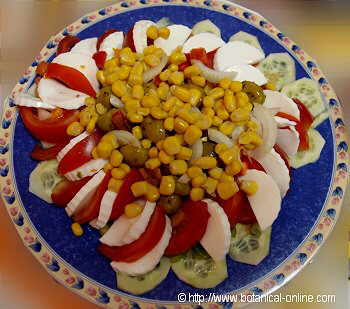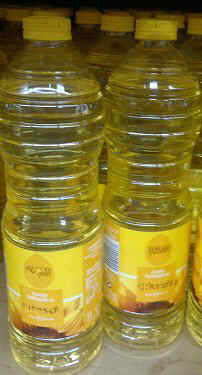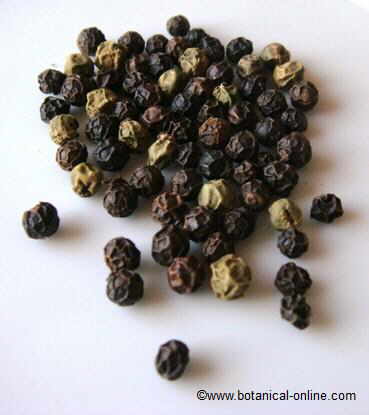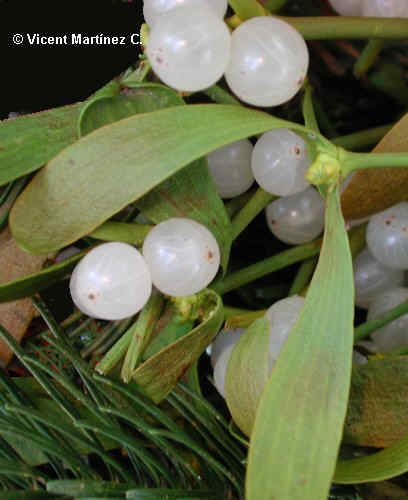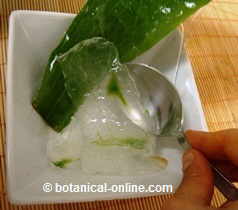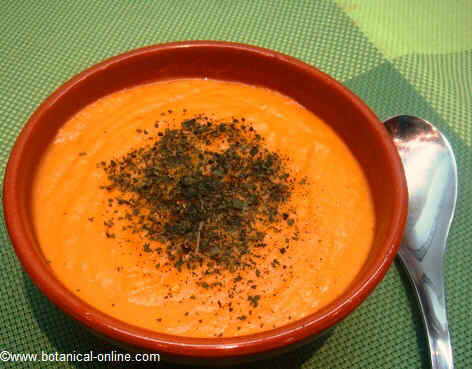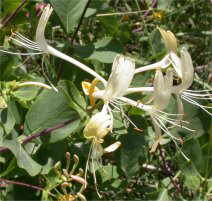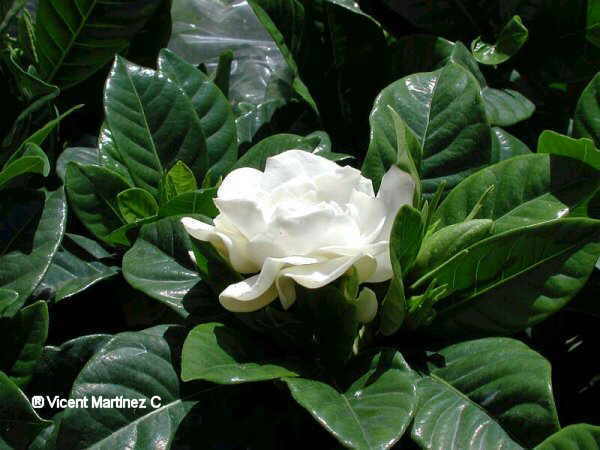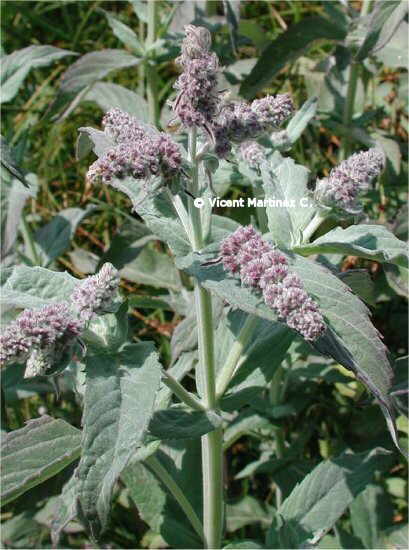Contents
- 1 Corn nutritional benefits
- 1.1 EDIBLE PROPERTIES OF CORN
- 1.2 Corn, a food for losing weight
- 1.3 Beware! Corn does not contain all the suitable amino acids
- 1.4 Corn is a rich in soluble fiber
- 1.5 Corn, a plant rich in vitamins
- 1.6 Corn provides biotin, niacin and folic acid
- 1.7 Inositol from corn to prevent cholesterol
- 1.8 Antioxidant properties of corn
- 1.9 What is the mineral content of corn?
- 1.10 Main components of corn
- 1.11 Corn, for celiac patients
- 1.12 Corn, a very healthy vegetable
- 1.13 Corn in the kitchen
Corn nutritional benefits
EDIBLE PROPERTIES OF CORN
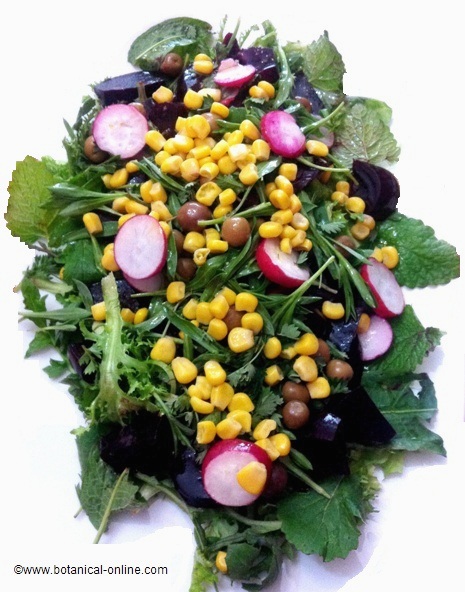
Photograph of salad of arugula leaves, bladder campion, pimpernel, lemon balm, corn, radishes, beets and olives
Corn, a food for losing weight
Maize or corn, as food, it is known for its richness in carbohydrates that its abundant starch provides.
As a result, corn is a very satisfying food that can satisfy hunger for a long time without having to resort to other foods high in fat but less healthy for the body and with a higher calorific value.
This ability to curb your appetite can be very suitable in low-fat diets.
It has been shown that diets that include plenty of natural sugars and starches help decrease the weight more adequately than those that rely on low fat or those subjecting the body to an unbearable hunger.
From this viewpoint, maize, rice or potatoes are very desirable foods to reduce obesity.
Beware! Corn does not contain all the suitable amino acids
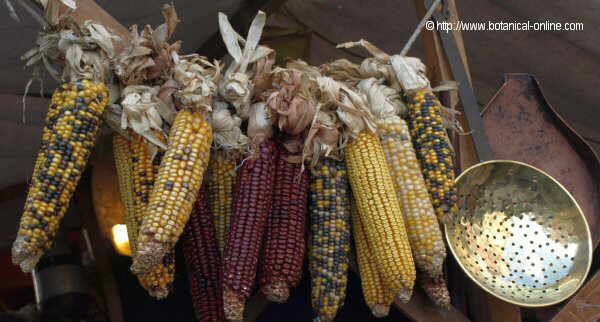 Photo of dried corn cobs
Photo of dried corn cobs
Corn has a high proportion of protein while not completely assimilable by the body. The reason is based, according to numerous studies, on the fact that corn only contains a small proportion of certain amino acids, especially tryptophan, lysine and methionine, and the high proportion of leucine that neutralizes niacin uptake.
The lack of these components is responsible for many diseases, including the best known pellagra, a disease that affects the skin, the digestive and nervous system and can be fatal if not treated properly.
Pellagra was very common in the early eighteenth century when poor people in America, Africa and Europe based their diet on corn.
It is important to combine this food with other vegetables and legumes that can complement it. (Besides meat, fish, eggs or milk, tryptophan can be found to a lesser extent in other plant foods, mainly in roasted peanuts, rice, avocado, wheat germ, dried beans, spinach, potatoes, soybeans or peas.)
| HOW TO IMPROVE PROTEIN QUALITY IN MAIZEMaize is a staple food in many developing countries as this food provides half of the daily intake of calories and almost 60% protein. Numerous studies are being carried out to improve the protein quality of maize in those countries where it is a staple food. They specially try to improve the quality of proteins with techniques involving the development of varieties which have showed more proteic or with proteins with a high biological value. Other times, by means of adding supplements to products made from corn. It also attempts to raise awareness of the need to combine this food with other foods that can provide the amino acids necessary for good health. |
Corn is a rich in soluble fiber
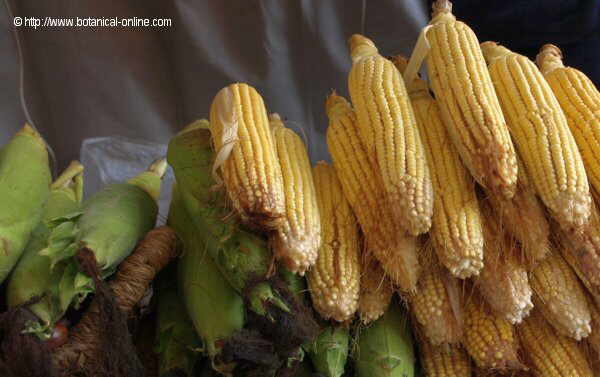 Photo of tender corn cobs
Photo of tender corn cobs
It has been found that diets containing a fairly high percentage of fiber get to decrease body weight and eliminate the state of anxiety that produces the constant feeling of hunger, especially soluble fiber that remains longer in the digestive tract.
If you also use it to combat obesity, we consider the importance of fiber in cholesterol management, in the prevention of constipation or in the protection from certain types of cancers, we realize the importance of this component has in our diet. Sweet corn is especially rich in this component.
Corn, a plant rich in vitamins
Corn is a plant with a great richness in vitamin B1 or thiamine. This vitamin is necessary for the body to convert food into energy and for the brain to absorb glucose, necessary for its proper functioning. A lack of this vitamin in people produce symptoms of depression, fatigue, stress, lack of vigor or low mental capacity.
Providing corn as food is a way to avoid the chances of depression and elevate your mood. Equally interesting is eating plenty of corn for people who have to make a mental effort, as students during exam times, because this food can increase their concentration and better secure the contents. No less important is the anti-stress function of thiamine. At busy times, with personal problems, nervousness, etc corn can be one of the best natural tranquilizers.
Corn provides biotin, niacin and folic acid
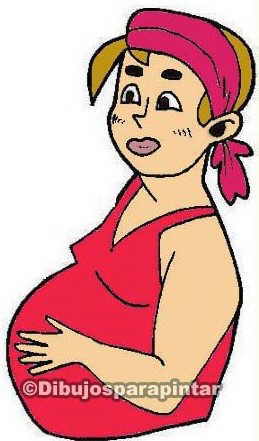 The folic acid content of corn can help in fetus formation
The folic acid content of corn can help in fetus formation
Besides vitamin B1, it is worth mentioning corn wealth in vitamin B7 or biotin (required, inter alia, for the absorption of proteins and for healthy hair and skin), niacin (improves circulation and reduces hypertension) and folic acid or vitamin B9.
Folic acid plays a vital role in preventing heart attacks, and in the treatment of depression or in the formation of the fetus helping to prevent spina bifida. 350 gr. Corn provides the daily recommended amount of this vitamin in a male adult.
Inositol from corn to prevent cholesterol
Within the vitamin B complex, we have to consider the importance of inositol, a component that makes the liver work better by participating in the formation of lecithin. It is an aid in the destruction of fats, in cholesterol removal and in the preservation of the skin and hair. A deficiency of this element may cause an increase in bad cholesterol, skin problems or hair loss. Eating corn will benefit our arteries and will improve the health of our skin and hair.
Antioxidant properties of corn
Besides vitamin B, corn grain, especially when dry, contains significant amounts of vitamin A as beta carotene, unlike other cereals that contain insignificant amounts of this element.
We know the importance of carotenoids as antioxidants in the prevention of many degenerative diseases, in its role in detoxifying the body or its importance in the prevention of cardiovascular diseases.
What is the mineral content of corn?
Regarding to minerals, corn has fairly high percentages of potassium, magnesium, iron, phosphorus and zinc.
- It is especially rich in manganese which aids bone growth and the formation of muscle.
Its high selenium content will prevent breast cancer, prostate cancer or lungs cancer and will be a preventive for dandruff. Zinc is a mineral that helps in the formation of bones and teeth, the health of the immune system and for its stimulating properties.
Main components of corn
| Corn composition per 100 g | ||
| Dry | Tender | |
| Water | 10, 3 gr. | 75, 9 gr. |
| Calories | 365 Kcal | 86 Kcal |
| Fat | 4, 7 gr. | 1,18 gr. |
| Proteins | 9, 4 gr. | 3, 22 gr. |
| Carbohydrates | 74, 2 gr. | 19, 02 gr. |
| Fiber | 1 gr. | 2,7 gr. |
| Potassium | 287 mg | 270 mg |
| Phosphorus | 210 mg | 89 mg |
| Iron | 2,7 mg | 0, 52 mg |
| Sodium | 35 mg | 15 mg |
| Manganese | 0,48 mg | 0, 16 mg |
| Magnesium | 127 mg | 37 mg |
| Calcium | 7 mg | 2 mg |
| Zinc | 2, 21 mg | 0,45 mg |
| selenium | 15,5 mcg | 0, 6 mcg |
| Vitamin C | 0 | 6,8 mg |
| Vitamin A | 469 UI | 281 UI |
| Vitamin B1 (Thiamin) | 0, 38 mg. | 0, 20 mg |
| Vitamin a B2(Riboflavin) | 0, 20 mg | 0, 06 mg |
| Vitamin E | 0, 78 mg | 0, 090 mg |
| Niacin | 3, 62 mg | 1, 7 mg |
Corn, for celiac patients
Corn is a cereal that is gluten-free so its use is very suitable for people who suffer from celiac disease a food disorder characterized by an intolerance to gluten. Similarly, it is an ideal food in the diet of babies, so that it is a component of baby first solid foods.
Corn, a very healthy vegetable
For those who do not wish to eat the 300 calories that 100 gr of dry corn provide, it is possible to consume this food as a vegetable when cobs are tender. (Corn ears can be boiled with other vegetables. An ideal combination is to mix corn, quinoa and spirulina. This is a very common combination in Latin American cuisine.
- Quinoa and spirulina provide corn a series of essential amino acids of whom corn is deficient. This combination achieves exceptional food quality.
100 gr. of corn only provide 86 calories and this food has the advantage of having vitamin C, although it is lower in other components. (You can make the comparison between dry and sweet corn in the table of corn composition above)
Keep in mind that corn may be more convenient for people who have high blood pressure. Tender corn is very rich in potassium (it almost equals dry corn) and it possesses half the sodium and more water. Altogether facilitates the expulsion of fluids from the body more easily.
Corn in the kitchen
Corn culinary possibilities are enormous. Some suggestions:
- Cooked as a vegetable: You can eat it steamed as a vegetable (Cooking time should not exceed 8 minutes). The best corn ears are those with the sheath closed, with smooth and tender grains and, when tightened, they easily exude a milky fluid.
- In salads: Crude tender grains can be added to salads or small and tender corn ears (“mazorquitas”) that complement them. You have to use the day cobs for corn to be tender and not to become no rancid. Do not forget to save the leftovers in the fridge.
- Polenta: corn flour, along with oil and cheese, are used to make a puree that can accompany other combinations of vegetables or meat. It is very common in Italian cuisine, especially in the region of Piedmont. You can eat it mashed as a puree or as pancakes, baked or toasted.
- Popcorn: Obtained by heating the corn with a pan or in the microwave. It can be eaten alone, flavored with a little olive oil and salt, or wrapped in caramel, cheese, etc.. It should be noted that, although very attractive and very good for the palate, its nutrient content is very low because it virtually only contains starch.
- Corn pancakes, arepas or oji: they are varieties of corn flour treated with different processes to improve their nutritional properties. Very commonly used in Africa or America, they require a very specific culinary knowledge so it is best to turn to restaurants dedicated to prepare this type of food. AfroAmerican or Mexican restaurants can assist us in this matter. (See more information in “corn flour” the listing below)
- Cereals: Cornflakes are made from crushed cereal that has gone through a process of cooking with sweeteners (syrup, honey or sugar) and transformed into flakes by a cold press process. They are very suitable for breakfast, mixed with yogurt, kefir or milk, they provide great energy in the early hours of the morning. Best suited for athletes or young people. Whole cereals are the most suitable ones.
![]() More information on corn.
More information on corn.

